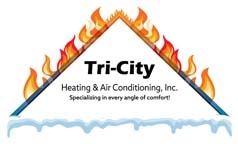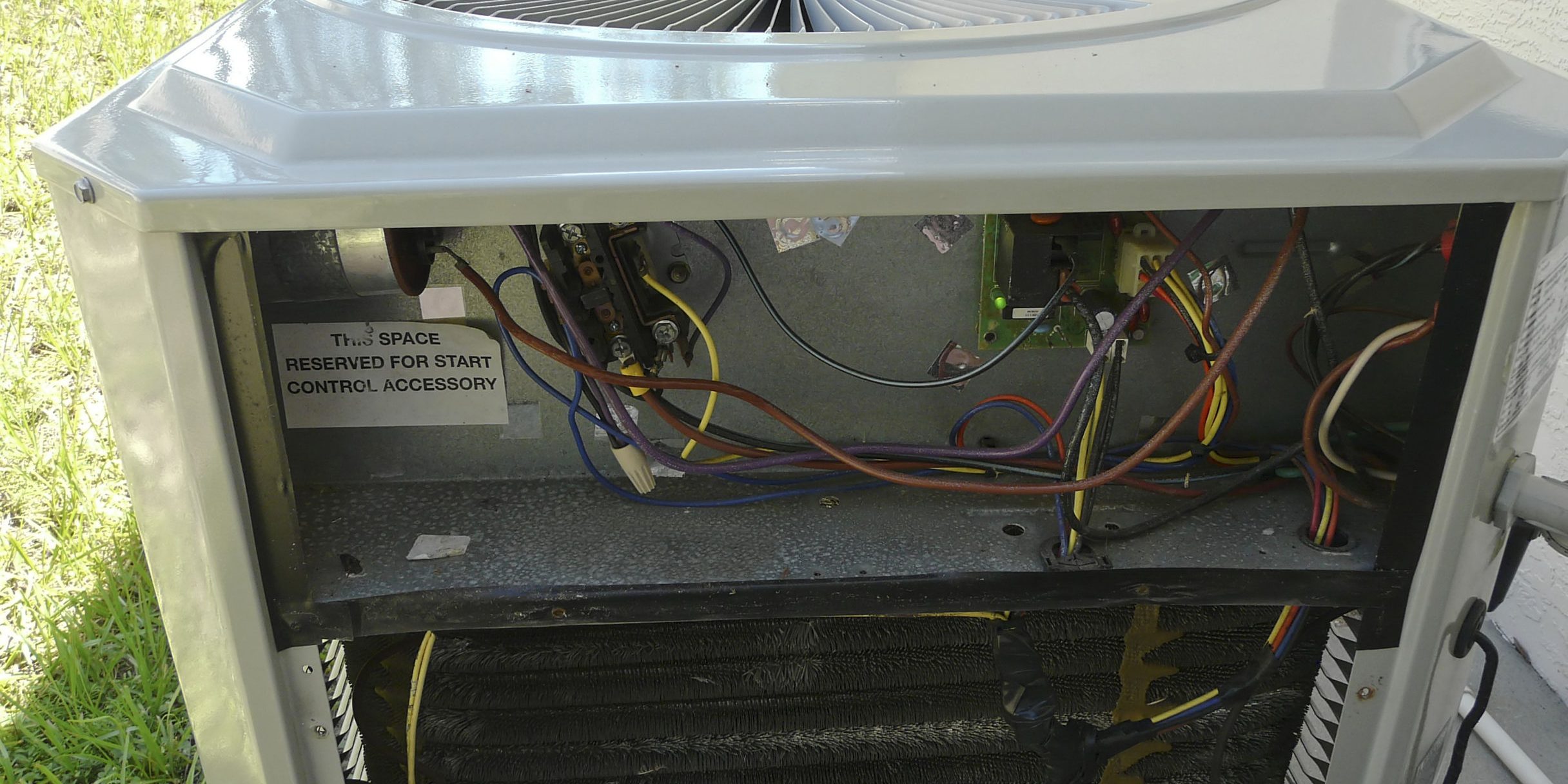An HVAC (Heating, Ventilating, and Air-Conditioning) system is integral to any space, whether it’s residential, commercial, or industrial. They help control the temperature, humidity, and air quality to provide the best comfort levels for both people and equipment.
HVAC systems prevent people from suffering through heat waves and, on the other extreme side, freezing in the cold. Let’s take a look below at the three things you need to know about your HVAC system, so you’ll figure out how it works, and when to call for an HVAC repair.
How HVAC Systems Work
The three main components of HVAC systems are heating, ventilation, and air-conditioning/temperature control. The heating functionality is provided through a heat pump, boiler, or furnace. A furnace burns fuel to allow warm air to circulate, while a heat pump works like an Air-conditioner but in reverse.
The ventilation process removes accumulated heat, dust, carbon dioxide, and moisture that causes stale air, and unwanted odors, then replace it with fresh air.
Lastly, for air-conditioning/temperature control, cool air is provided via air conditioners or heat pumps in cooling mode. Both systems use refrigerants to remove the heat in the room. HVAC systems are controlled via a thermostat. This thermostat then maintains the set temperature for a specific duration, allowing for the best comfort level for those in the area.
Popular Types of HVAC Systems
Heat Pump
This type extracts heat from a cold space like the outdoors during winter. That cold air is then warmed up and released into the temperature-controlled room.
Heat pumps use the same refrigeration-type cycle as that of an air conditioner. The only difference is that a heat pump pushes the air back into the room to produce heated air, instead of it being released outside, as cooling systems usually do. For cooling, they reverse the airflow to release the heated air out, and they are considered more efficient than traditional heater systems in terms of power usage.
Rooftop Unit
Also called air handlers, rooftop units are large HVAC systems that are installed on a rooftop, as the name suggests. This allows regulating the temperature of a much larger space. These big boxes that are usually seen atop apartment buildings and offices, consist of a blower, filter racks, heating, and cooling elements, and chambers, and dampers.
These units are usually connected with a ductwork ventilation system that distributes the air to the whole building. Depending on the model, rooftop units either return the air back into the system or release it to the outdoors.
Water Source Heat Pump
This is an uncommon type of HVAC system because it needs to be near a body of water. It offers both heating and cooling systems by drawing on either water or ground. Heat is transferred into or out of the ground.
Split System
This type has a classic design and is the most common type of HVAC system. It has two parts, the condenser and the evaporator. The condenser is fitted on the outside of the property, collecting the hot air to be released outdoors. The evaporator pulls the warm air out of the room, cools it, and distributes the cool air back into the room. It is usually is fitted inside the building.
Packaged Heating and Air Conditioning System
This type has a compact design, with the compressor, evaporator coil, condenser unit, and even the heating components like gas or electric heat lamp – everything you need to efficiently heat and cool an area in your property, housed in a single unit.
They are much larger than traditional split systems because of the additional parts. Most are located outside the building. They provide heating and cooling through existing air ducts in the property. Because of their compact design, packaged HVAC systems are best suited for buildings without space to house separate components of split systems.
Hybrid System
Unlike Split Systems, hybrid systems rely on electricity, oil, or gas to heat or cool the building. It can use heat from outdoor air to heat indoors. They are also environment-friendly and energy-efficient, as it reduces the costs of cooling and heating your property. You won’t only have a reduced energy bill, but a lower carbon footprint as well.
HVAC Maintenance
Doing HVAC Maintenance Your Way: DIY Methods
The most common HVAC maintenance is with air filters. They are either washed or replaced entirely. Washable filters needed to be cleaned monthly, while replaceable filters can be changed seasonally or monthly. The more frequent they’re used, and the more occupants and pets there are in the property, the more you need to replace the air filters regularly.
For central air systems, the compressor needs to be free from any debris. Compressor fins must be clear from any blockage that may prevent it from realizing heat properly. The fins need to be rinsed out. Registers and duct entrances are also required cleaning to make sure that nothing is blocking them. Lastly, the water panel also needs to be replaced regularly.
Calling the Experts: HVAC Contractor
When DIY work is not possible or if your HVAC system can’t be repaired by simple troubleshooting methods, that’s the perfect time to turn to a contractor who can give your HVAC system the professional maintenance, and repair it needs.
When you need the help of a local contractor with service, maintenance, or HVAC installation, you must learn these details about your HVAC system:
- Brand name, make, and model
- System type and operation options. You can find it out with a quick Google search of your system’s brand, make, and model. System types could be any of the following: Traditional Central AC and furnace combinations, Speed pumps, ductless mini-splits, or geothermal heating and cooling.
- Age
- Maintenance History, Air Filter Schedule
Conclusion
Knowing the information in this article, combined with regular maintenance, will help you keep a properly maintained system to maximize its lifespan. It’s easy to just ignore HVAC maintenance for long periods, but you might want to set an appointment for an HVAC service from a reputable company to have your HVAC system inspected and maintained.
This way, you can spot potential damages before they become more serious problems, and in turn, will save you money on costly repairs and prevent unexpected and unwanted breakdowns. Nobody wants to be with a broken-down AC during a heatwave.














